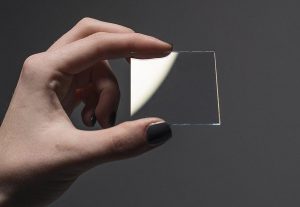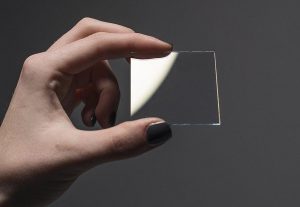In recent years, the requirements for processing technology in various industries have been continuously improved. Taking ITO materials as an example, the line width and interval of processing ITO conductive patterns have higher requirements. And often there is such a question, can the ITO laser etching machine be able to achieve a line width below 20 microns? Can the processing interval be 20 microns? The answer is yes. So what is the smallest line width of the ITO laser etching machine? Let SAM Sputter Target answer it for you.
Further Reading: An Introduction to ITO – Indium Tin Oxide
The thickness of the ITO line width is determined by the laser and the optics and relates to the spot size of the focus and the thermal influence of the source on the material. Shorter wavelength results in lower energy, narrower pulse width, higher magnification of the beam expander, smaller negative of the field lens, and smaller spot size, so it could produce a line with thinner width. Of course, several of the above-mentioned parameters have a relative limit value. For example, if the magnification of the beam expander is too high, the energy density will be poor, which is not suitable for processing. Therefore, we need to take a range of values in order to apply them to the processing needs.
Related: Indium Tin Oxide Sputtering Target
In addition, even with the same laser etch machine, the line widths made by different materials are different. For example, the etch line width of a nickel alloy material is thicker than that of an ITO material, depending on the absorption of the laser wavelength by the material itself. This article analyzes based on ITO conductive glass.

The general requirement for ITO glass in the touch screen industry is less than 20 microns, which uses a narrow pulse-width infrared nanosecond laser. Different industries have different requirements for ITO line width. In some industries, the resistance of ITO line width has relatively high requirements, while in some industries, it is required to ensure that it is cut and insulated.
In the current laser market, the minimum line width of ITO conductive glass is 5 micrometers, and different line widths can be selectively selected according to different light sources. For example, the minimum line width of an ultraviolet nanosecond laser can be 15 micrometers. Of course, there are also EUV lithography machines that can achieve nanometer levels by means of extreme ultraviolet lasers. The requirements for line width are mainly determined by different product requirements.

